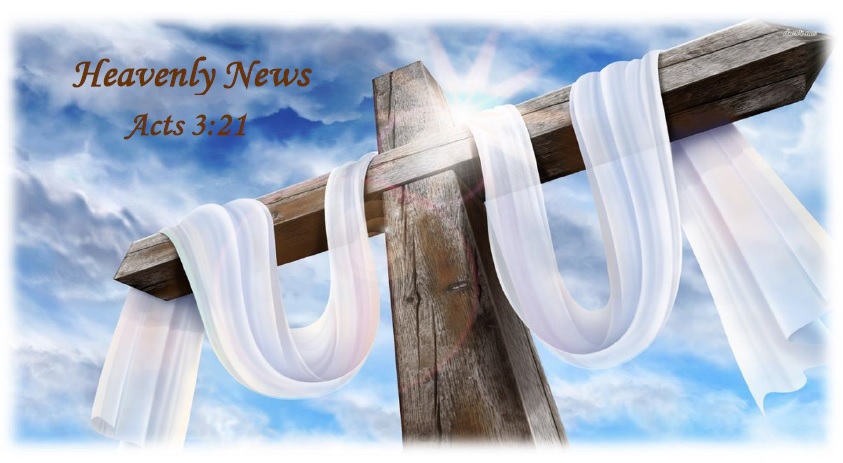The Birth of Jesus
No one knows precisely when Jesus was born. Even His year of birth is only an educated guess based on the information available. The intention of the medieval creators of our calendar was to set the date of Jesus birth at A.D. 1. They simply miscalculated. The Jewish historian Josephus places the death of Herod the Great in 4 B.C., and both Matthew (Matt. 2:1) and Luke (Luke 1:5) presume that Herod was king at the time of Jesus’ birth. But it is not clear how much before Herod’s death Jesus was born.
We know that Herod became king of the Jews in 37 B.C. Outside of Matthew (Matt. 2:16), no historical record mentions Herod’s slaughter of the infants in Bethlehem. Josephus does write that Herod ordered the murders of members of his own family to protect his throne. So it is not surprising that a few peasant children in Bethlehem went unnoticed among Herod’s many atrocities, leaving us with no help with dating. Since Herod’s calculations led him to target children under two years old, Jesus’ birth likely occurred one or two years before Herod’s death—in either 5 or 4 B.C.
A date of about 5 B.C. would fit with Luke’s note that Augustus, who reigned from 27 B.C. to A.D. 14, was the Roman emperor when Jesus was born (Luke 2:1). Luke’s mention of Quirinius (2:2), however, creates a problem. After Herod died, Rome divided his territory among his surviving sons. Archelaus ruled in Judea (Matt. 2:22) until he was deposed by the Romans in A.D. 6. Only then was Quirinius appointed governor, after serving for more than a decade as commander of the Roman troops in the area. Perhaps Luke simply identified him by his later office.
Some have tried to specify Jesus’ birth date by appeal to astronomical phenomena that might explain the star of Bethlehem (Matt. 2:2, 7–10). Halley’s comet appeared in 12 or 11 B.C. and another comet in 5 B.C. But in antiquity, comets were thought to forecast evil, not blessed, events. In 7 B.C. a rare (once every 794 years) conjunction of the planets Jupiter, Venus, and Saturn occurred in the constellation Pisces. Whether Matthew’s star was any of these is pure speculation. For ancient people the star confirmed again that Jesus was the Messiah who fulfilled Balaam’s star prophecy (Num. 24:17; Matt. 1:18–25; Luke 2:1–20).

No comments:
Post a Comment